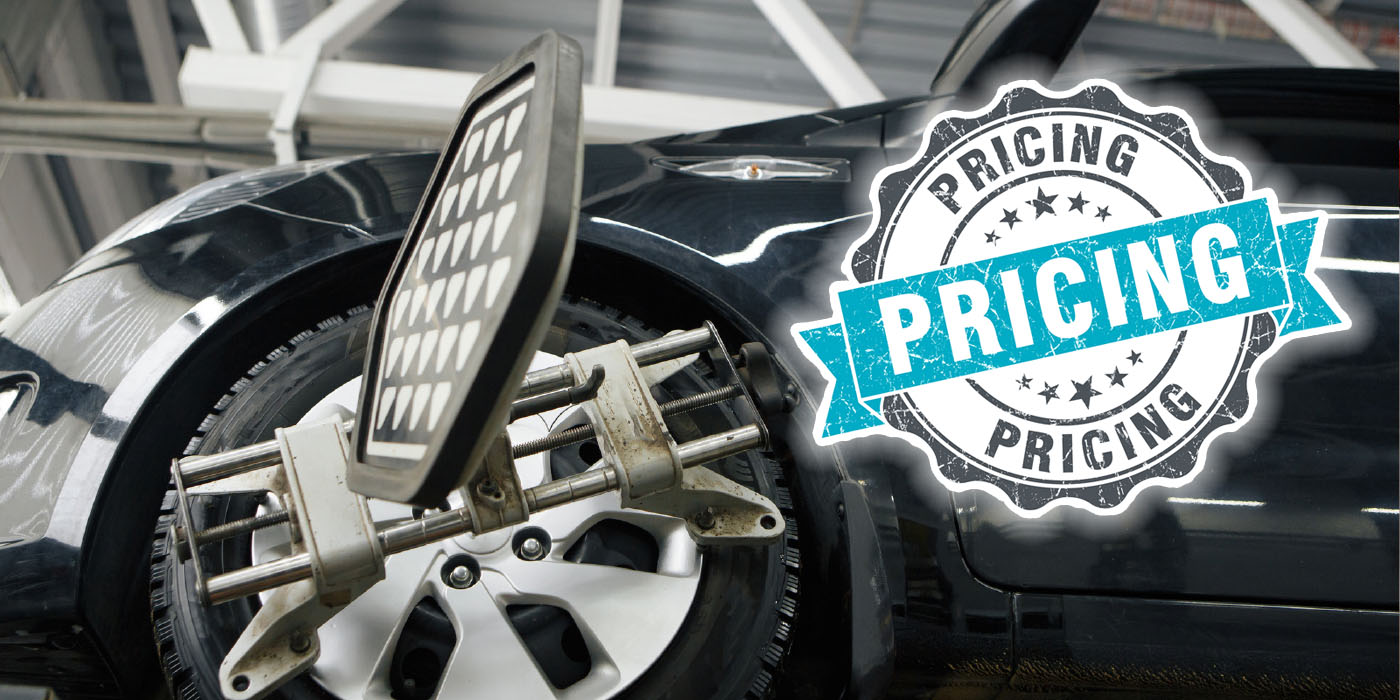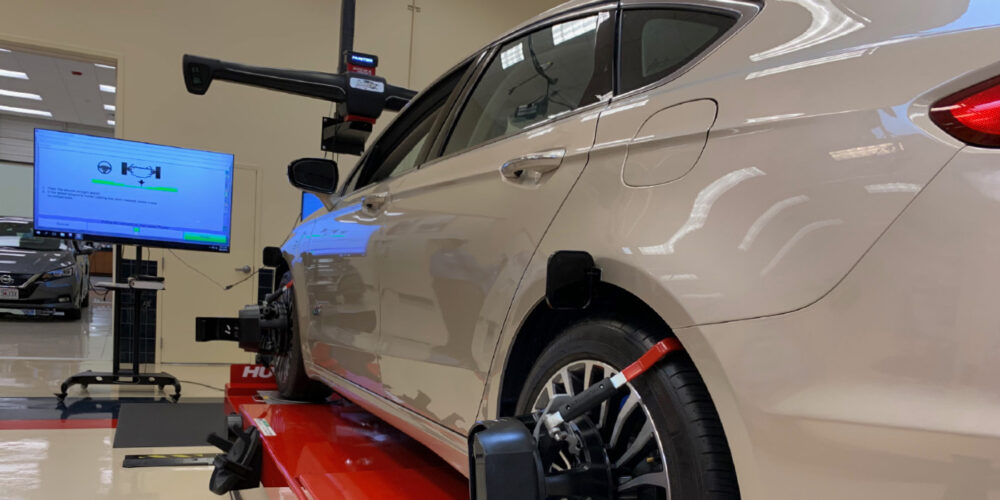By Larry Carley
Technical Editor
Air tools are profitable timesavers for professional technicians because pneumatic muscle speeds up disassembly and reassembly. That allows most technicians to beat flat rate and get paid for more billable hours. Professional grade air tools can be very expensive and represent a sizable investment. But the tools can last many years with the proper care — and a clean air supply.
DIYers also like pneumatic tools because the tools save effort. A pneumatic impact wrench can loosen a stubborn fastener that otherwise might be nearly impossible to take apart. DIY tools are typically much less expensive than their professional counterparts. Even so, they also require the same level of maintenance and protection to provide reliable service.
CLEAN, DRY AIR NEEDED
One thing all tools require is a clean, dry air supply. A hard-working air tool can use quite a few cubic feet of air per minute. So it’s important the air entering the tool is free of contaminants.
The biggest threat to pneumatic tools is moisture. Small droplets of water can form inside a compressor storage tank when outside air is pumped into a tank. The moisture comes from humidity in the air, and condenses into little droplets because the compressed air becomes saturated with more moisture than it can hold. There’s no avoiding it because humidity is everywhere, even in relatively dry climates like Arizona. Humidity varies according to the weather and temperature, and can reach 100 percent during rainy, wet weather.
WATER IS BAD NEWS
Water inside a metal compressor tank is bad news because it can cause corrosion. If the water is not removed on a regular basis (usually daily) by opening the drain valve on the bottom of the tank so air pressure can blow out the moisture, it will eventually rust the inside of the tank.
This can create dangerously weak areas inside the tank that may blow out when the tank is under pressure. What’s more, the flakes of rust can come loose and find their way into the air supply line that carries air to pneumatic tools, causing wear and damage to the tools.
Even if the compressor tank is drained daily, water and humidity inside the tank can still pass through the air supply line and attack pneumatic tools from the inside.
One way to protect pneumatic tools from contamination and damage is to install a special filter in the compressor air supply line. These filters will not only stop any rust or other debris that finds its way into the air line, but will also prevent moisture from getting through.
Many repair shops and new car dealerships have these filters installed in their shop air supply lines for this very reason. The filters keep the lines clean, and protect their technicians’ pneumatic tools from premature wear and damage. DIYers can also install a similar type of air filter on a home compressor to achieve the same results.
Technicians who use these aftermarket air supply filters report as much as a four-fold increase in tool and equipment life, and a dramatic reduction in corrosion-related maintenance and repair. By protecting their tools from moisture in the air supply line, they eliminate the single largest cause of air tool failure.
Most compressors do not include equipment to minimize moisture, and even compressors with drying solutions cannot completely prevent the buildup of water vapor inside. In order to prevent water from getting into the air supply line, water vapor must be stopped with a filter. And because water vapor is always present in the air, moisture control filtration and regular maintenance is always needed.
TIP-TOP SHAPE
Other steps that should be taken to maintain and prolong the life of pneumatic tools include the following:
1. Oil pneumatic tools regularly. Use a quality oil designed for this purpose only (not motor oil).
2. Tools should be serviced yearly by a professional.
3. Air quality should be checked regularly (which means checking for water in the air supply line).
4. If any sign of contamination is found in the line, tools or filter, it’s time to replace the filter.
5. If rust flakes are found inside a filter, the tank should be inspected to make sure it is safe (replacement may be necessary if it is full of rust).











